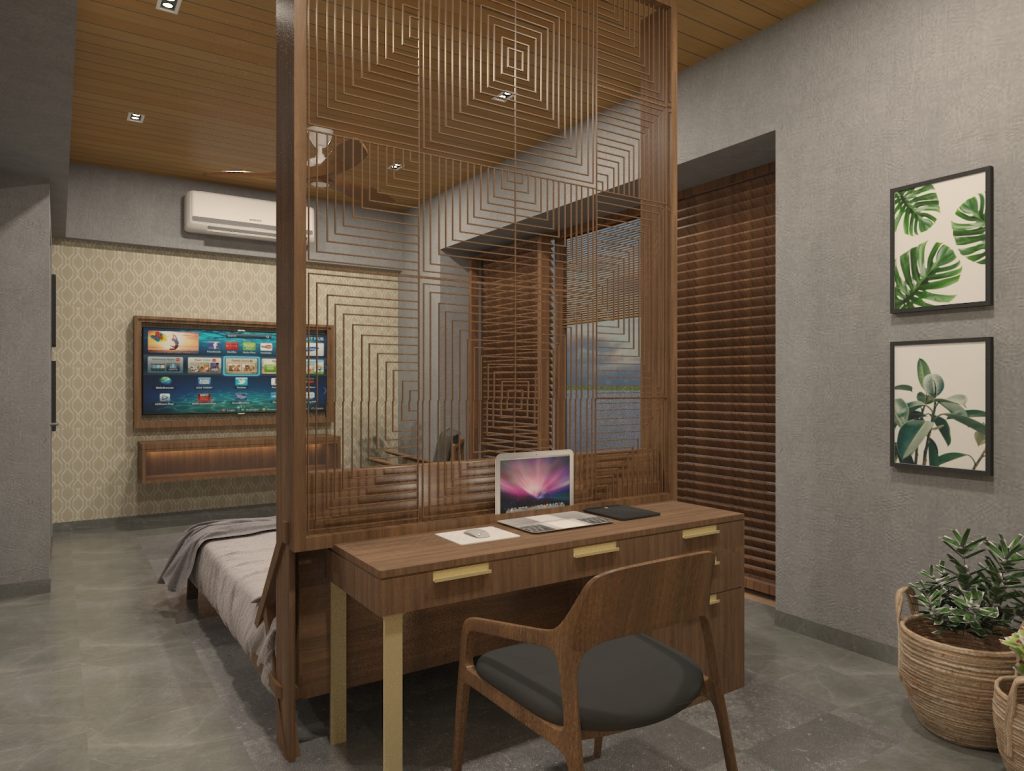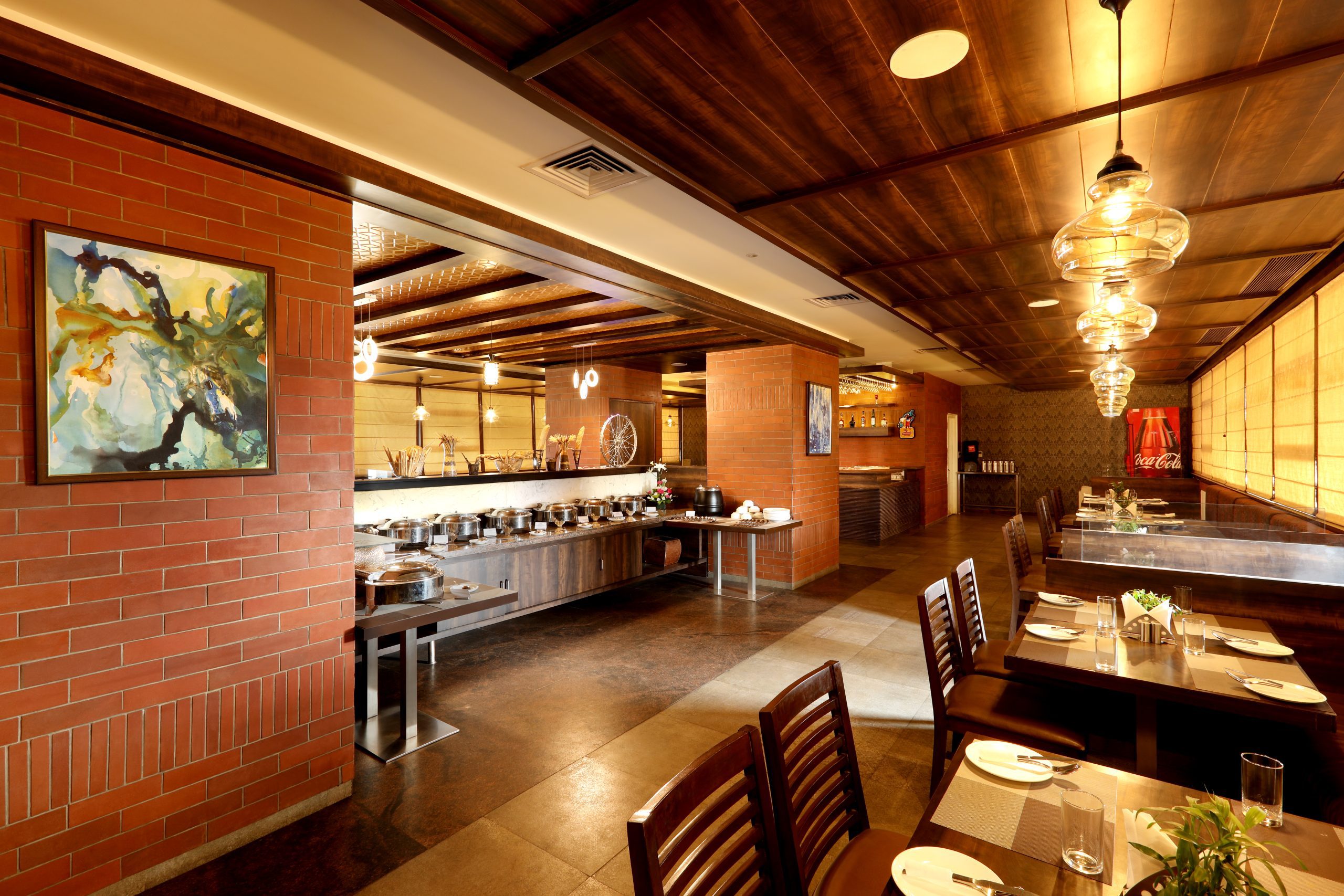
Library architecture: what makes a good design?
For many people, the word library brings to mind a place of serenity and quiet. There are so many different aspects that makeup what it means for someone who visits or works at one: from bookshelves filled with tempting reads waiting patiently on each shelf If your first thoughts are of dusty bookshelves and musty carpets, you’re not alone.
But while traditional library design may conjure up these images, there’s no reason why libraries today can’t be sleek, modern spaces that are as visually appealing as they are functional. So what makes good library architecture? Let’s take a look.
What are some of the most important elements of library architecture?
An open-plan is arguably the most important element of library building design. It allows for good visibility of the library as a whole, which is essential for both security and wayfinding. An open-plan also allows for more multi functional use of space, as furniture can be rearranged to accommodate different activities.
In terms of form, library architecture is often defined by a strong horizontal line, which creates a sense of space and helps to orientate visitors. Comfort is also crucial in library architecture, as it encourages people to stay and use the facility. A variety of seating options, ample natural light, and good acoustics are all important features to consider. Ultimately, the most successful library architectures strike a balance between these various elements.
How do you create a space that is both functional and inviting for users?
Creating an inviting and functional living space can be achieved by following a few design principles. Firstly, it is important to control clutter and ensure that there is ample storage for belongings. This will help to create a feeling of openness and peace in the space.
Secondly, maximize vertical space by making use of shelves and other storage solutions that extend to the ceiling. This will help the room to feel more spacious and airy. Finally, create a cozy nook with comfortable seating and layered textures.

This will provide a retreat from the rest of the room and make it feel more inviting. By following these simple tips, it is possible to create a living space that is both functional and inviting for users.
What are some of the challenges involved?
One of the most important challenges architects face when designing library architecture is creating the right space. Libraries need to be quiet and relaxing, yet also stimulating and inspiring. They must provide ample space for books and other materials, while also incorporating comfortable seating and plenty of natural light. In addition, libraries must be designed to accommodate changing technology, such as wi-fi hotspots and self-checkout stations.
Another challenge facing architects is battling the stereotype that libraries are stuffy and outdated. To counter this perception, many architects are incorporating modern design elements into their library plans. Finally, another challenge facing architects is finding better materials.
With budgets often being tight, it can be difficult to find high-quality materials that will stand the test of time. As a result, architects are always on the lookout for new trends in library design.
How does your library’s architecture reflect the community it serves?
A library’s architecture can say a lot about the community it serves. For example, a modern library in a bustling city might feature sleek lines and plenty of glass to reflect the energy of its surroundings.
In contrast, a library in a historic town might be designed to preserve the community’s heritage, with classic features and a more subdued color palette. No matter what its style, a good library will always showcase the current scenario of the community it serves. By paying attention to the details of its architecture, a library can create a space that truly reflects the spirit of its location.
Are there any new trends in library architecture that we’re seeing lately?
Versatility and flexibility are two of the most important trends in library architecture today. Libraries are no longer just places to check out books; they’re also community gathering spaces, event venues, and even restaurants and cafes. As a result, their designs need to be able to accommodate a variety of activities and functions.
At the same time, libraries are facing increasing competition from online resources. To stay relevant, they need to offer unique and engaging experiences that can’t be found elsewhere. To that end, we’re seeing bold and more innovative designs that incorporate new collection dynamics and interactive features. These trend-setting libraries are setting the stage for the future of library design.

Conclusion
If you’re looking for an office that’s modern, stylish, and efficient, Bara Architects is a perfect choice. We take into account all of the latest trends in library architecture to create spaces that are both functional and beautiful. With over 10 years of experience, we have the knowledge and expertise to make your vision a reality. Contact us today to learn more about how we can incorporate library architecture into your office space.



